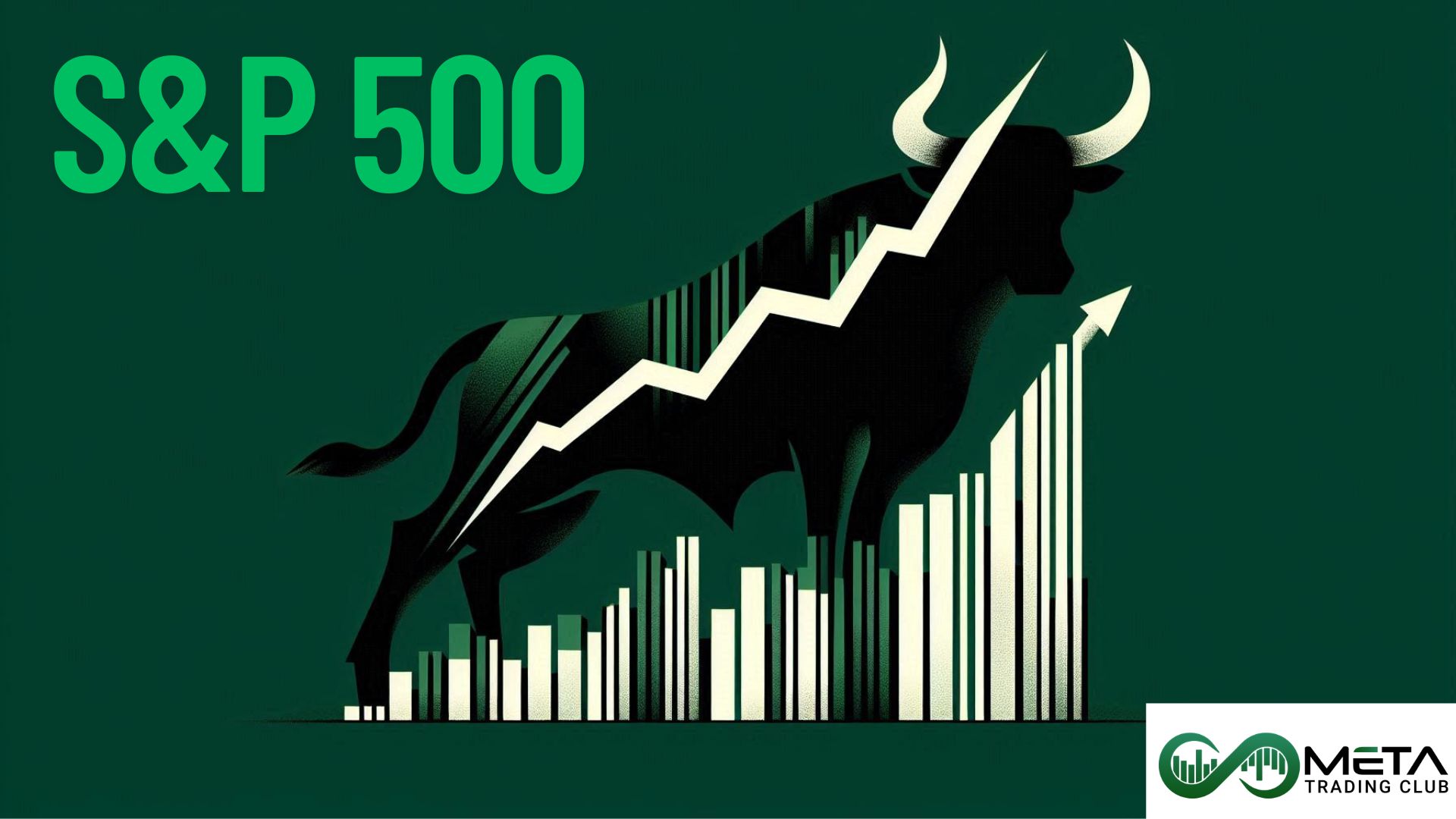If you’re trading stocks on a brokerage platform, you gotta know your order types. Some types get executed right away, while others only happen at a specific price or time. So it’s crucial to know the most popular order types and how to use ’em to your advantage.
This beginner’s guide is gonna get you started and show you the basics of order types, so you can figure out what works best for you and make some confident trades. We’ll cover the main types of trading orders and take a look at how day traders use ’em to manage their risks and make their trading game more efficient.
What is an order?
If you’ve dabbled in trading stocks, then you’ve probably come across different order types. But for those who don’t know, an order is basically a set of instructions you give to your broker or trading platform to buy or sell a specific stock at a certain price or price range.
When you place a trade, you can set conditions for how you want your broker to execute the order. You can also put limits on the time and price restrictions for the execution of the order.
Traders have a ton of order types to work with, but there are three main ones you need to know: limit, market, and stop.
1.Limit Order
A limit order means you’re setting a specific price to buy or sell a stock. You can use it to sell a stock at or above a certain price, or to buy a stock at or below the current market price.
For instance, let’s say you want to buy $AMD stock at $100 per share, but the current market price is $110. Your broker will wait until the stock price falls to your limit of $100 before buying it.
2. Market order
A market order is when you want to buy or sell a stock at the current market price. This order is only good for the day, and usually results in an immediate purchase or sale of all the shares you want to trade, as long as the stock is actively traded and market conditions permit.
It’s the most basic type of order. When you use a market order, you buy or sell a security immediately at or close to its current price. If you’re selling, you’ll receive an amount close to the “Bid” price. If you’re buying, you’ll pay a price similar to the “Ask” price.
But listen, this order type can be risky for highly volatile stocks because you might end up with a fill price that’s way different than what you were expecting. A market order guarantees instant execution, but not necessarily the best execution price.
3. Stop order
A stop order, also called a stop-loss order is an order to buy or sell a stock once the price hits a specific level, called the stop price. Once that happens, the stop order turns into a market order.
This is important for all you traders out there. Setting up a stop order on your trading platform is crucial to prevent big losses when the market unexpectedly moves against you. It’s a smart way to protect your portfolio and manage your risk.
Why do we have different order types?
Let me explain why there are different types of order available to traders. Brokerages provide a variety of order types to offer flexibility and help traders customize their trades while minimizing risk.
Trade orders play a crucial role in executing trades at the intended price and in a timely manner. Choosing the right type of order can also help maximize returns in the stock market.
That’s why it’s essential for traders to understand the features of each order type available to them. By doing so, they can make informed decisions and benefit from the various options at their disposal.
Different Ways to Use Orders for Your Trading Goals
The order type a trader uses can have a major impact on the price they pay and the profits they make. Think of each order type like a tool that’s suited to a specific purpose.
When buying or selling a stock, it’s crucial to identify your main goal. Are you trying to control the price of your trade or looking to get your order filled quickly at the current market price?
Once you know your objective, you can determine which order type is the most appropriate to achieve it. By selecting the right tool for the job, you can maximize your chances of success in the stock market.
Do not practice order types with your hard-earned money!
When it comes to investing in the stock market, there is always an element of risk involved, even for seasoned investors. It’s important to learn how to use a trading simulator or paper-trading platform before putting your hard-earned money on the line.
By practicing with a simulator, you can get a feel for how to place limit, market, and stop orders, and learn how to incorporate them into your trading strategy. This can help you prepare for using a live account and minimize your risk.
Many brokerage firms offer trading simulators that closely resemble real trading platforms. You can open a demo trading account, choose a stock, and place orders to see how they perform in a simulated environment. Take the time to execute at least 50 trades in a simulator to fully understand the mechanics of order entry.
In addition to placing trades, simulators offer other helpful features such as stock charts, technical analysis tools, drawing tools, trade history, and news feeds. These tools can help you make more informed decisions and develop a successful trading strategy.













